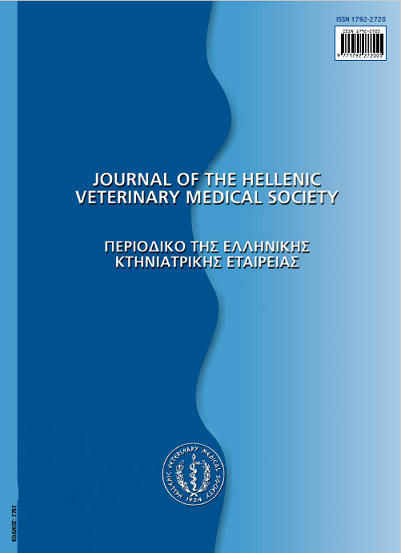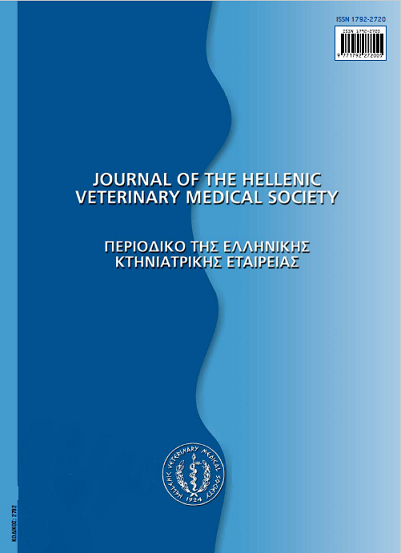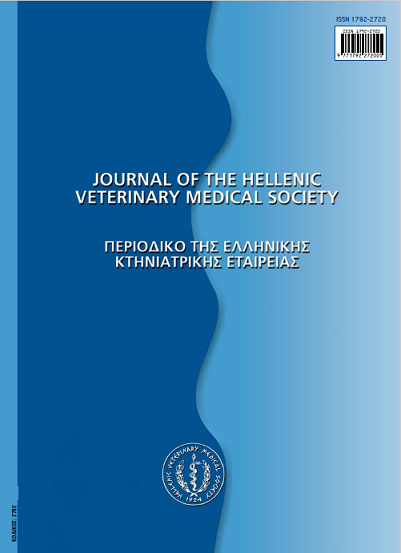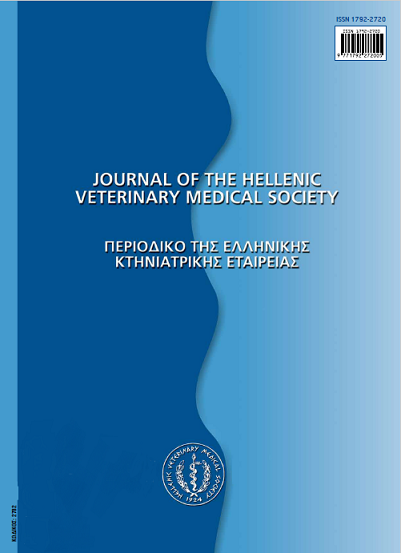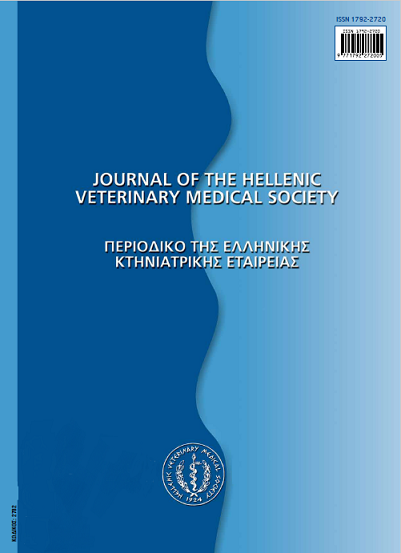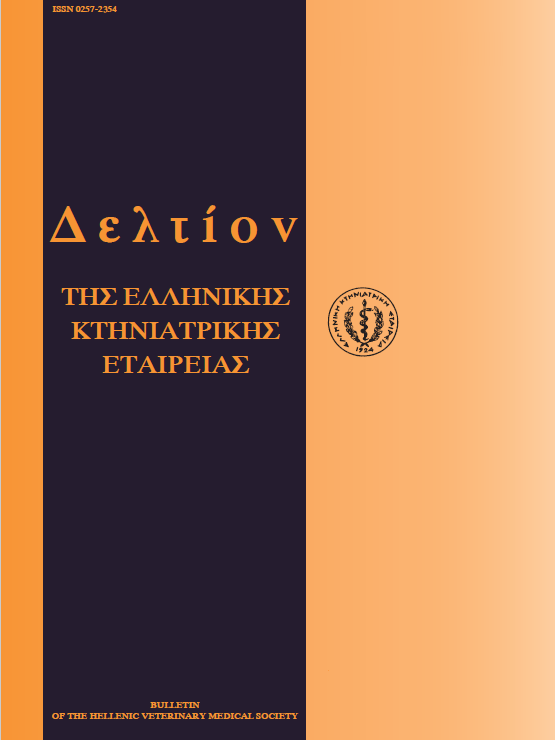Antibiotic resistance and distribution of SodCI, sopE, sefA genes among Salmonella enteric serotype Enteritidis isolates from poultry
Аннотация
Present work aimed to examine the antibiotic resistance of the Salmonella enterica serotype Enteritidis (SE) isolates from poultry, to study the plasmid-mediated ampicillin resistance and to detect and determine the distribution of sodCI, sopE and sefA genes. Thirty-five SE isolates from one-day chicks, layers and broilers were studied for susceptibility/resistance to sixteen antimicrobial agents; 23 (65.7%) of them showed resistance to ampicillin, 5 (14.3%) to ampicillin and tetracycline, 4 (11.45%) to tetracycline and 1 (2.9%) isolate showed multi-drug resistance. Ampicillin (AmpR) and ampicillin/tetracycline (AmpRTeR) resistance was easily transferred by conjugation, and all isolates except two possessed a common band. The molecular mass of the plasmid carrying ampicillin resistance was approximately determined at 41kb after DNA digestion with BamHI, HindIII, EcoRI, EcoRV and PstI restriction enzymes and ligation of EcoRI fragments to pET29c. For the detection of TEM-1 or/and TEM-2 ß-lactamases, two pairs of primers were used in a polymerase chain reaction (PCR). The PCR products showed the presence of blaTEM-1 gene in all isolates. The presence of SodCI, sopE, sefA genes was also examined by PCR. Twenty-two (62,8%) isolates carried the sodCI gene, thirty-four (97,2%) isolates carried the sopE gene and all isolates carried the sefA fimbrial locus.
Article Details
- Как цитировать
-
EKATERINIADOU (Λ.Β. ΑΙΚΑΤΕΡΙΝΙΑΔΟΥ) L. V., BOUKOUVALA (Ε. ΜΠΟΥΚΟΥΒΑΛΑ) E., PAPI (Ρ.Μ. ΠΑΠΗ) R. M., ZDRAGAS (Α. ΖΔΡΑΓΚΑΣ) A., GIANTZI (Β. ΓΙΑΝΤΖΗ) V., & KYRIAKIDIS (Δ.Α. ΚΥΡΙΑΚΙΔΗΣ) D. A. (2018). Antibiotic resistance and distribution of SodCI, sopE, sefA genes among Salmonella enteric serotype Enteritidis isolates from poultry. Journal of the Hellenic Veterinary Medical Society, 66(2), 70–79. https://doi.org/10.12681/jhvms.15589
- Выпуск
- Том 66 № 2 (2015)
- Раздел
- Research Articles

Это произведение доступно по лицензии Creative Commons «Attribution-NonCommercial» («Атрибуция — Некоммерческое использование») 4.0 Всемирная.
Authors who publish with this journal agree to the following terms:
· Authors retain copyright and grant the journal right of first publication with the work simultaneously licensed under a Creative Commons Attribution Non-Commercial License that allows others to share the work with an acknowledgement of the work's authorship and initial publication in this journal.
· Authors are able to enter into separate, additional contractual arrangements for the non-exclusive distribution of the journal's published version of the work (e.g. post it to an institutional repository or publish it in a book), with an acknowledgement of its initial publication in this journal.
· Authors are permitted and encouraged to post their work online (preferably in institutional repositories or on their website) prior to and during the submission process, as it can lead to productive exchanges, as well as earlier and greater citation of published work.




